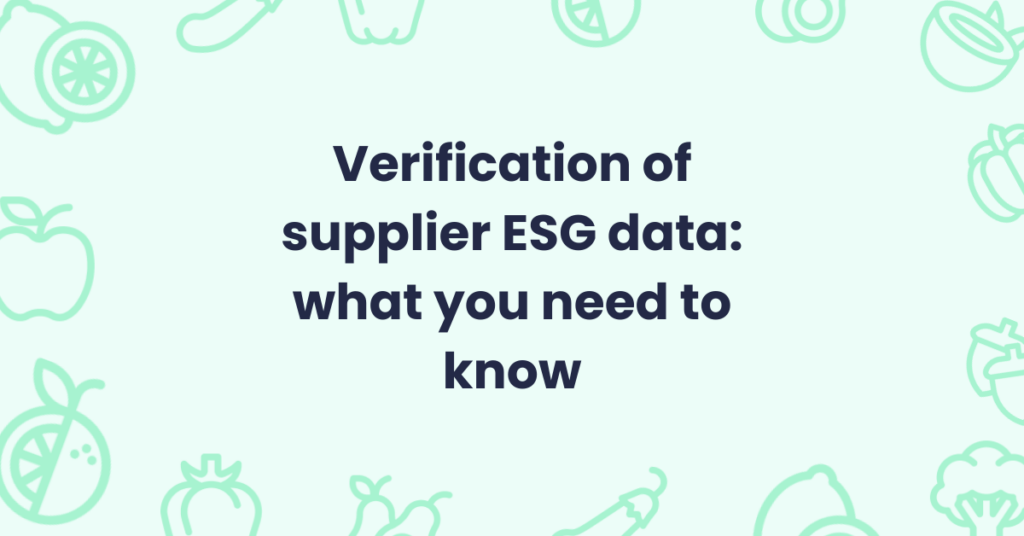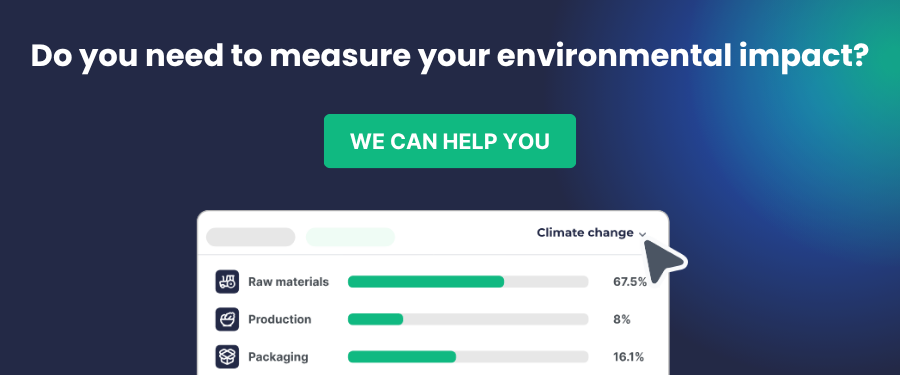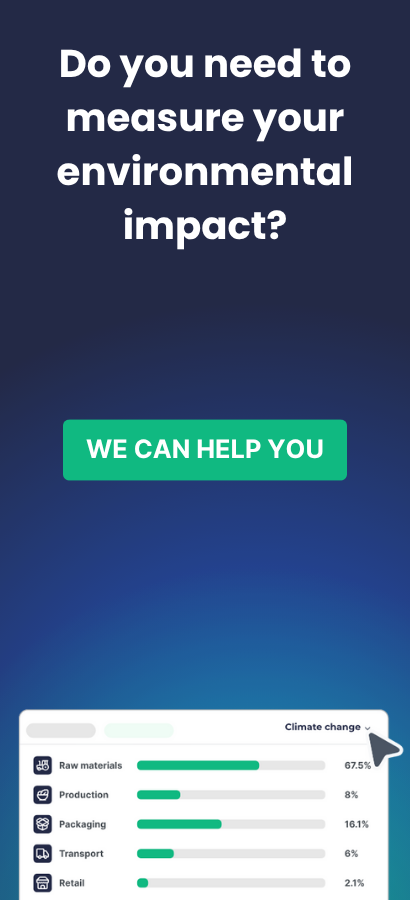As sustainability regulations, such as the Corporate Sustainability Reporting Directive (CSRD), impose stricter requirements on ESG (environmental, social, and governance) data collection and reporting, verifying these data has become an essential step. It’s not enough to collect information; companies must ensure that the data provided by their suppliers is reliable and traceable. In this article, we explore the importance of verifying supplier ESG data and how it can help ensure regulatory compliance and strengthen your sustainability strategy.
Why it’s important to certify supplier ESG data
Verifying ESG data isn’t only about complying with the CSRD; it’s also a mechanism to ensure that the data is accurate and meets sustainability standards. Companies rely heavily on the information provided by their suppliers to quantify their environmental, social, and governance impact and report these data accurately to regulators, investors, and customers.
Key benefits of ESG verification:
- Regulatory compliance: Ensures that the ESG data collected complies with regulations and international standards, such as the CSRD, avoiding penalties.
- Risk reduction: Minimizes the risk of receiving incorrect or unreliable data, which could harm the company’s reputation.
- Trust and transparency: Reinforces investor and customer confidence that the data is accurate and faithfully represents the company’s sustainability performance.
- Continuous improvement: Verification processes help identify areas for improvement in the supply chain and encourage more sustainable practices among suppliers.
What is ESG verification?
ESG verification means that the data provided by suppliers has been reviewed and validated by an external, independent entity. This process ensures that ESG information—such as carbon footprint, resource consumption, or labor practices—meets international standards and has been collected and reported accurately and systematically.
How to verify your suppliers’ ESG data
Verifying your suppliers’ ESG data requires a structured approach, which includes establishing clear requirements, identifying material aspects, and working closely with suppliers to ensure they meet standards.
- Set clear requirements from the start
When negotiating with your suppliers, it’s essential to make clear that ESG verification is a requirement for working with you. This may include the obligation to present third-party verified reports or comply with specific standards as mentioned above.
Suggestion: Include audit and compliance clauses in contracts specifying which standards suppliers must meet and how they should demonstrate the accuracy of their ESG data.
- Identify relevant issues for your industry
Depending on the sector in which your company operates, certain environmental, social, and governance aspects may be more relevant than others. For example, if your company is in the agri-food sector, water management, energy use, and sustainable material usage are key elements.
Tip: Evaluate your suppliers to identify which have the greatest impact on your sustainability performance and material issues.
- Conduct audits and verify data
In addition to requesting data from your suppliers, it’s essential to conduct regular audits to ensure the information remains accurate and that suppliers continue to comply with established guidelines.
- Internal audits: Can be performed by members of your team, reviewing the data provided and comparing it to industry expectations and standards.
- External audits: Hire specialized third parties to conduct independent audits to validate your suppliers’ ESG data. These audits are essential to guarantee the objectivity and accuracy of the information.
- Support your suppliers in implementing sustainability
Not all suppliers will be familiar with the ESG verification process or have the resources to meet the standards you immediately demand. In this case, providing technical support and training can be crucial to ensure they adopt sustainable practices and certify their data.
Suggestion: Offer training on ESG standards or share best practice guides and tools at their disposal. You can also establish a joint work plan to achieve sustainability goals.
- Use digital platforms to manage ESG information
To effectively manage the ESG data collection and tracking process, many companies choose to implement digital platforms that centralize information. These tools allow suppliers to standardize their reports and make data review and auditing easier.
Advantages:
- Improves traceability and transparency of data along the supply chain.
- Facilitates data verification and encourages suppliers to comply with sustainability standards.
- Streamlines ESG reporting.

What regulations make ESG certification necessary?
In addition to the CSRD, which requires companies to include detailed data on their ESG performance in sustainability reports, there are other regulations and standards that require ESG data verification.
Key regulations and standards:
- EU Taxonomy Regulation: Defines strict criteria for identifying sustainable economic activities and requires companies to report how their activities contribute to specific environmental goals.
- Supply chain due diligence law: In several European countries, companies must ensure that their supply chains are not involved in human rights violations or environmental damage. ESG certification helps demonstrate compliance.
Conclusion
Verifying your suppliers’ ESG data is a critical step to ensure the accuracy and reliability of the information they report under regulations like the CSRD. Through sustainability audits, you can not only comply with regulations and minimize risks but also strengthen relationships with your suppliers and promote more sustainable practices across the supply chain.
By setting clear requirements, providing support, and using digital tools, you can ensure that your suppliers’ ESG data meets international standards and supports your sustainability strategy.



